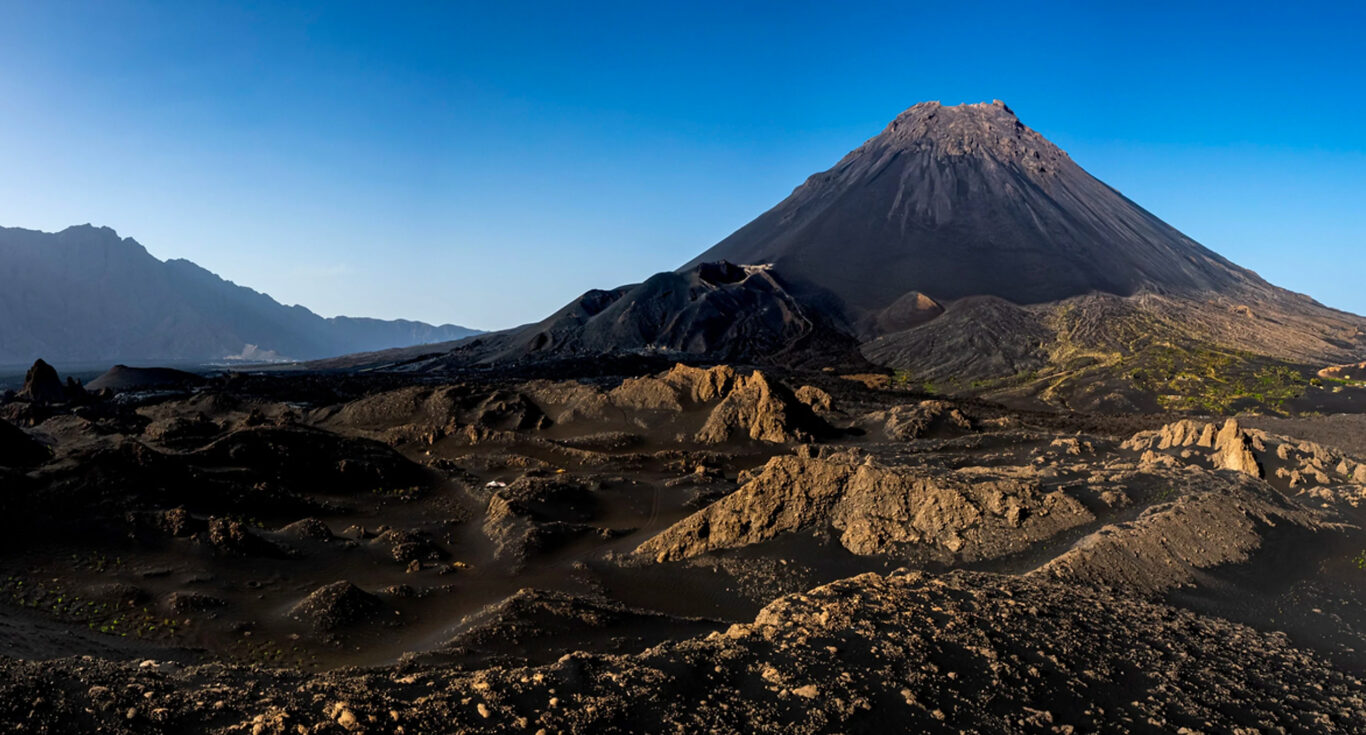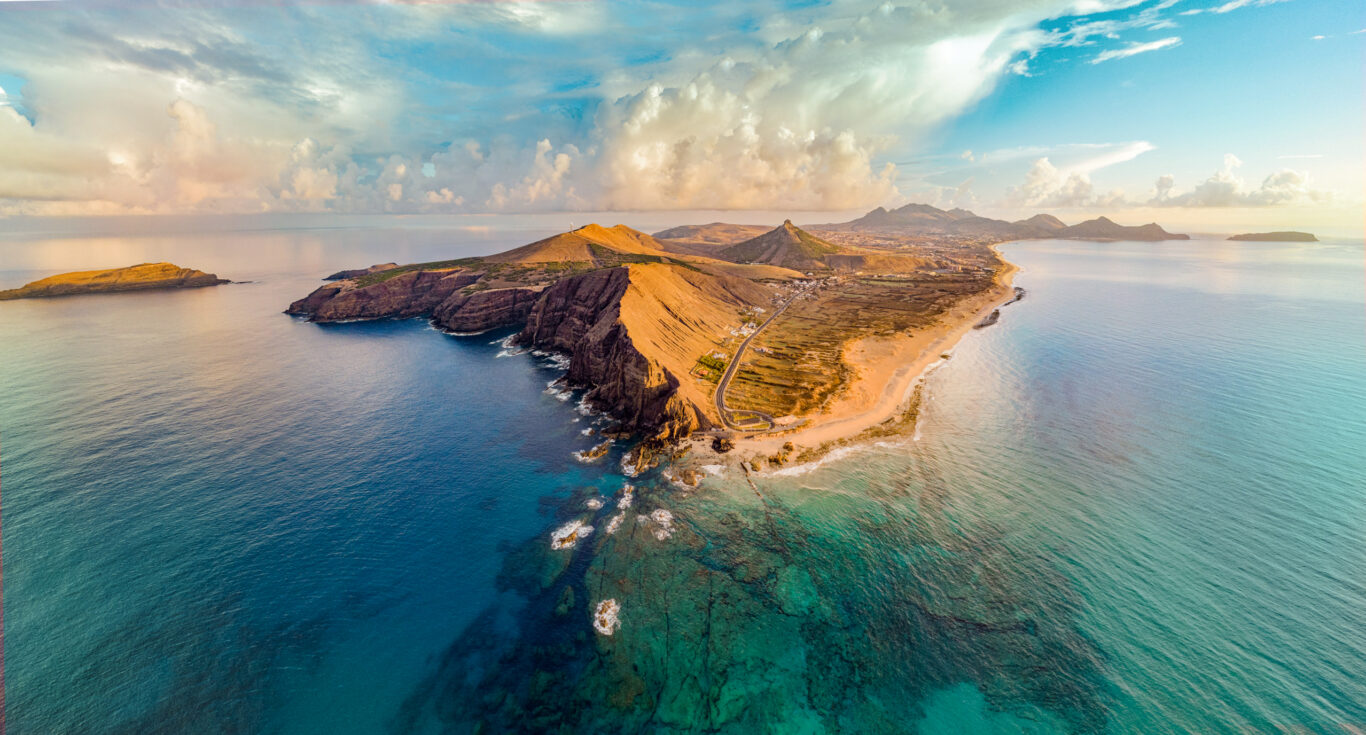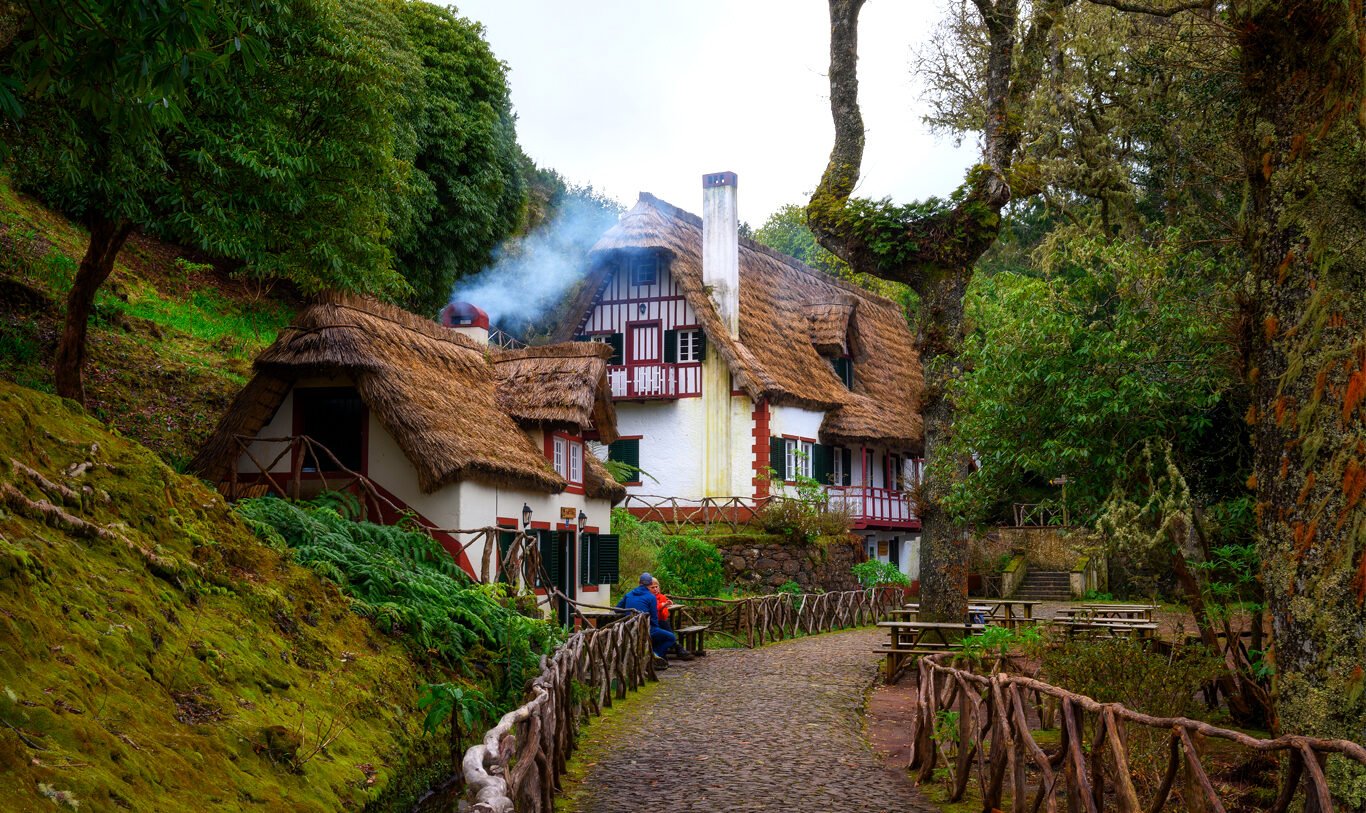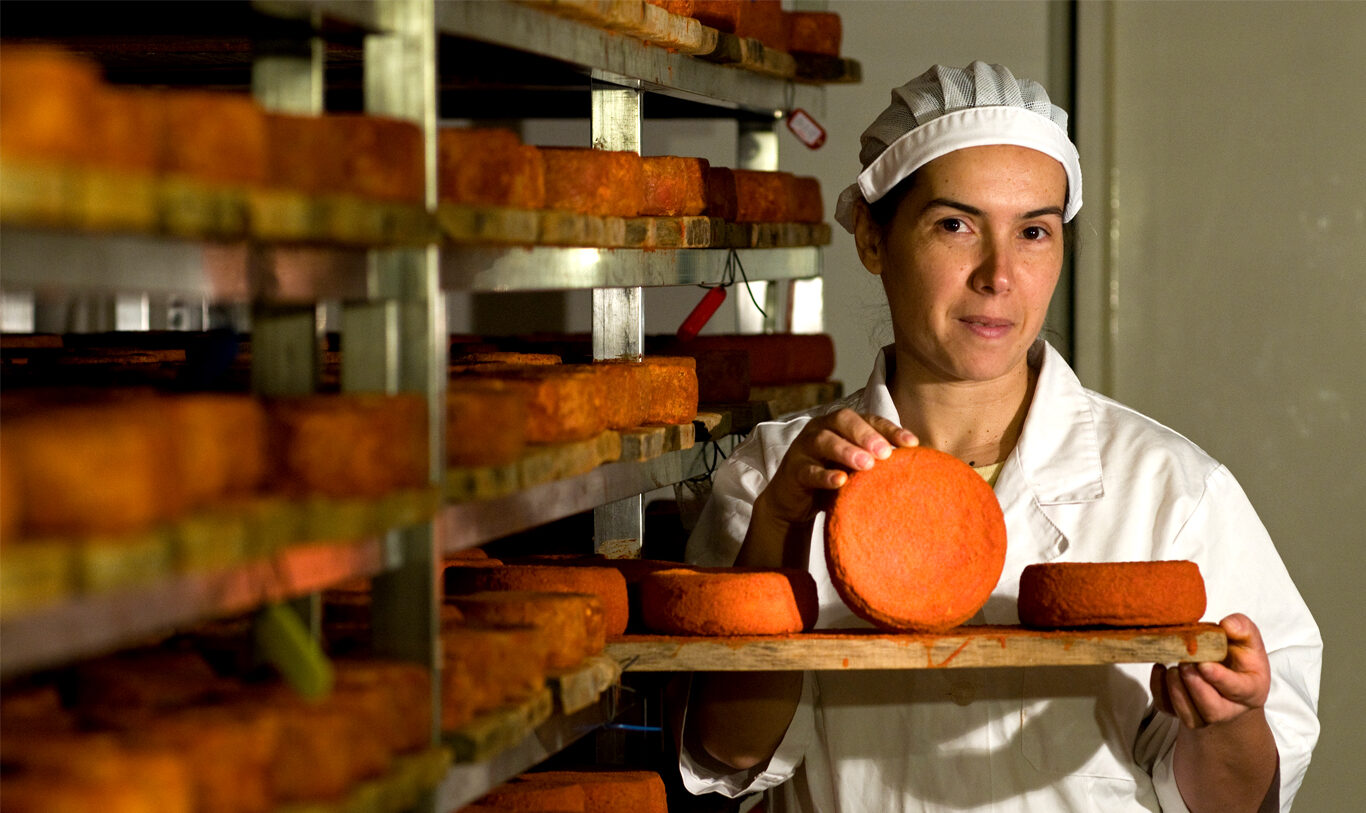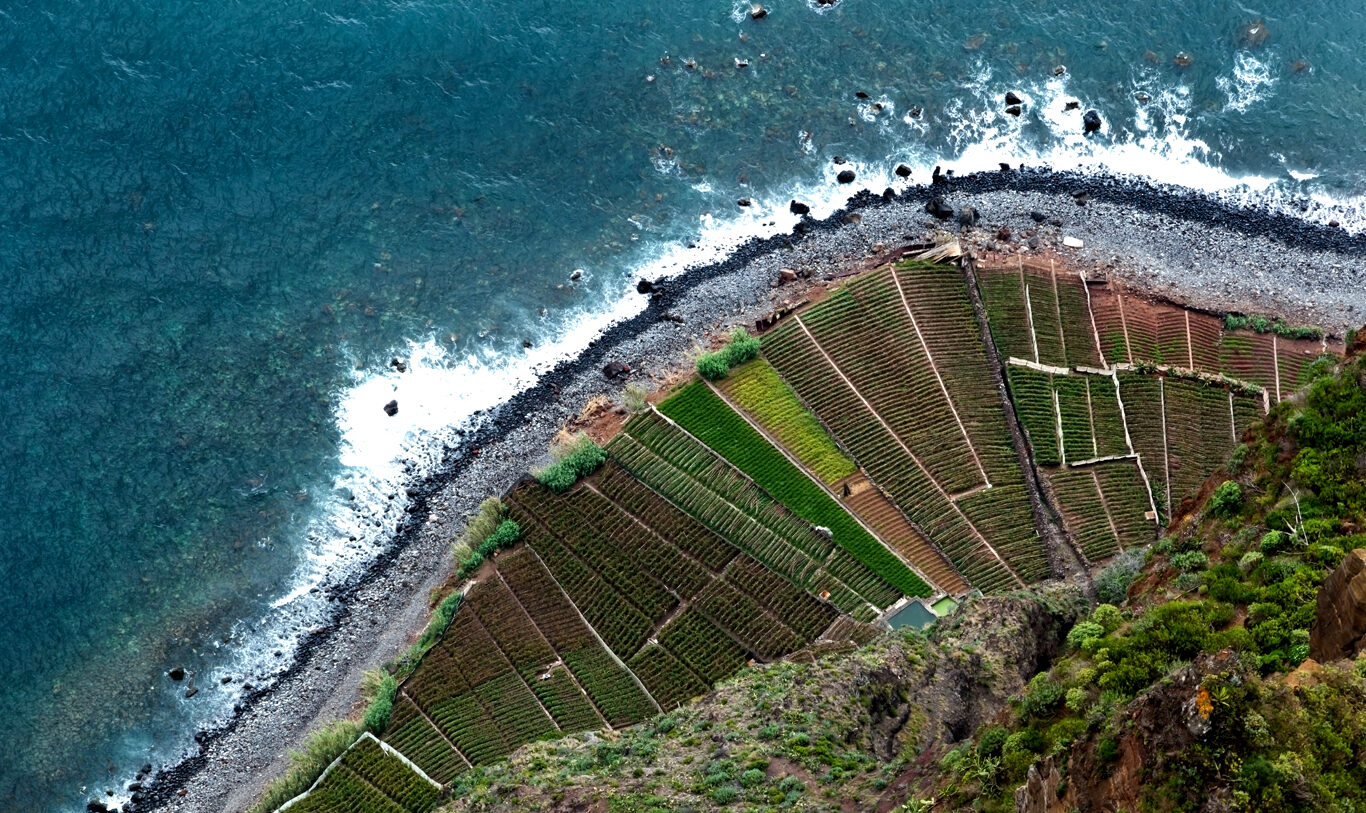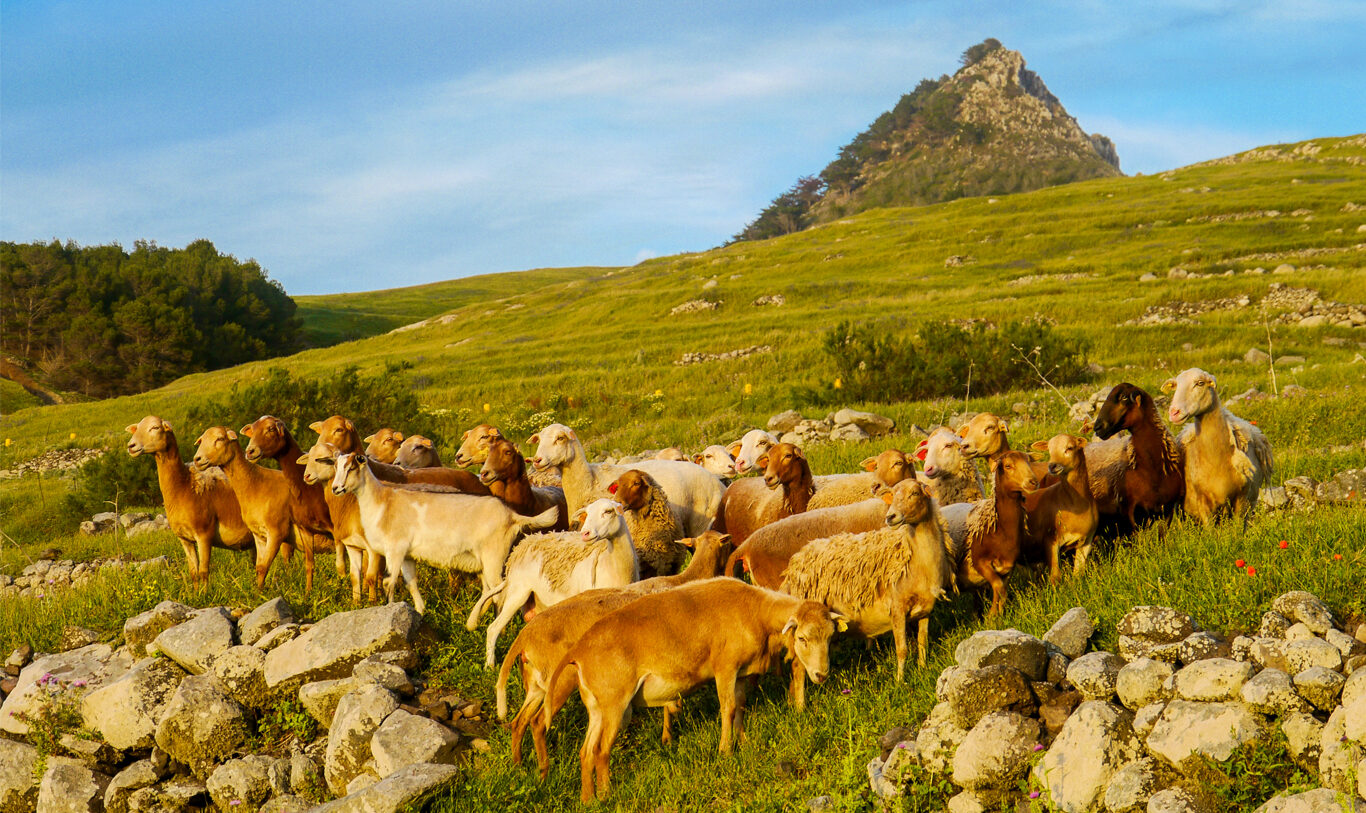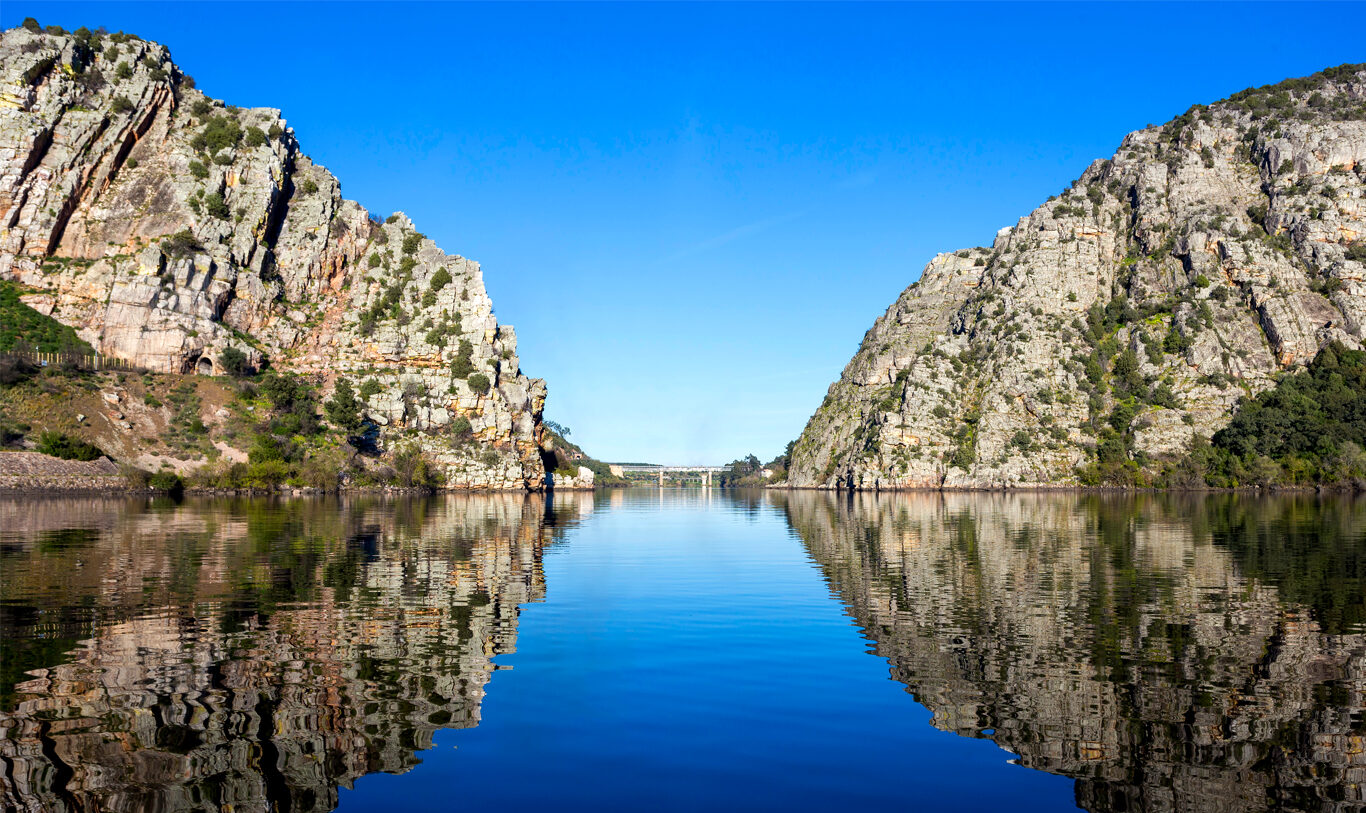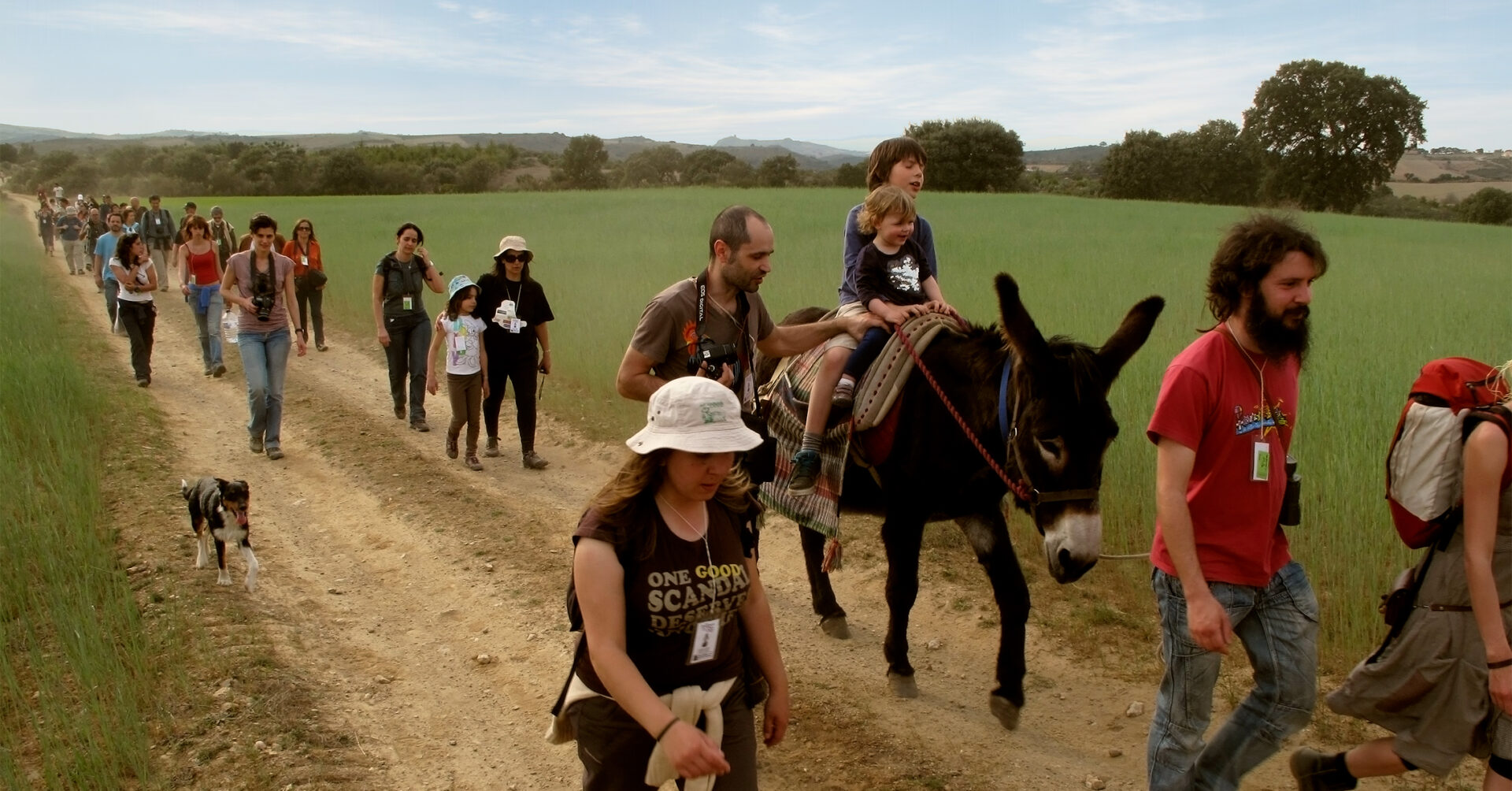
Promote the relevance and visibility of Portugal’s Biosphere Reserves
UNDERSTAND THE IMPACTUNESCO Biosphere Reserves stem from the express wishes of their populations
UNESCO Biosphere Reserves aim to conserve nature and historical and cultural heritage, promote economic development, support education and scientific research and are the result of the express wishes of their populations.
The conceptual model of Biosphere Reserves will become increasingly important within the global framework of initiatives for the conservation, management and sustainable use of the natural heritage, particularly because of what it reveals about the possible and desirable symbiosis between the best practices for the conservation of natural values, economic prosperity and the well-being of communities, objectives that underlie the classification and recognition of Biosphere Reserves around the world.

"We have to be able to build other paradigms of progress, safeguarding a respectful relationship between human activities and life in general."
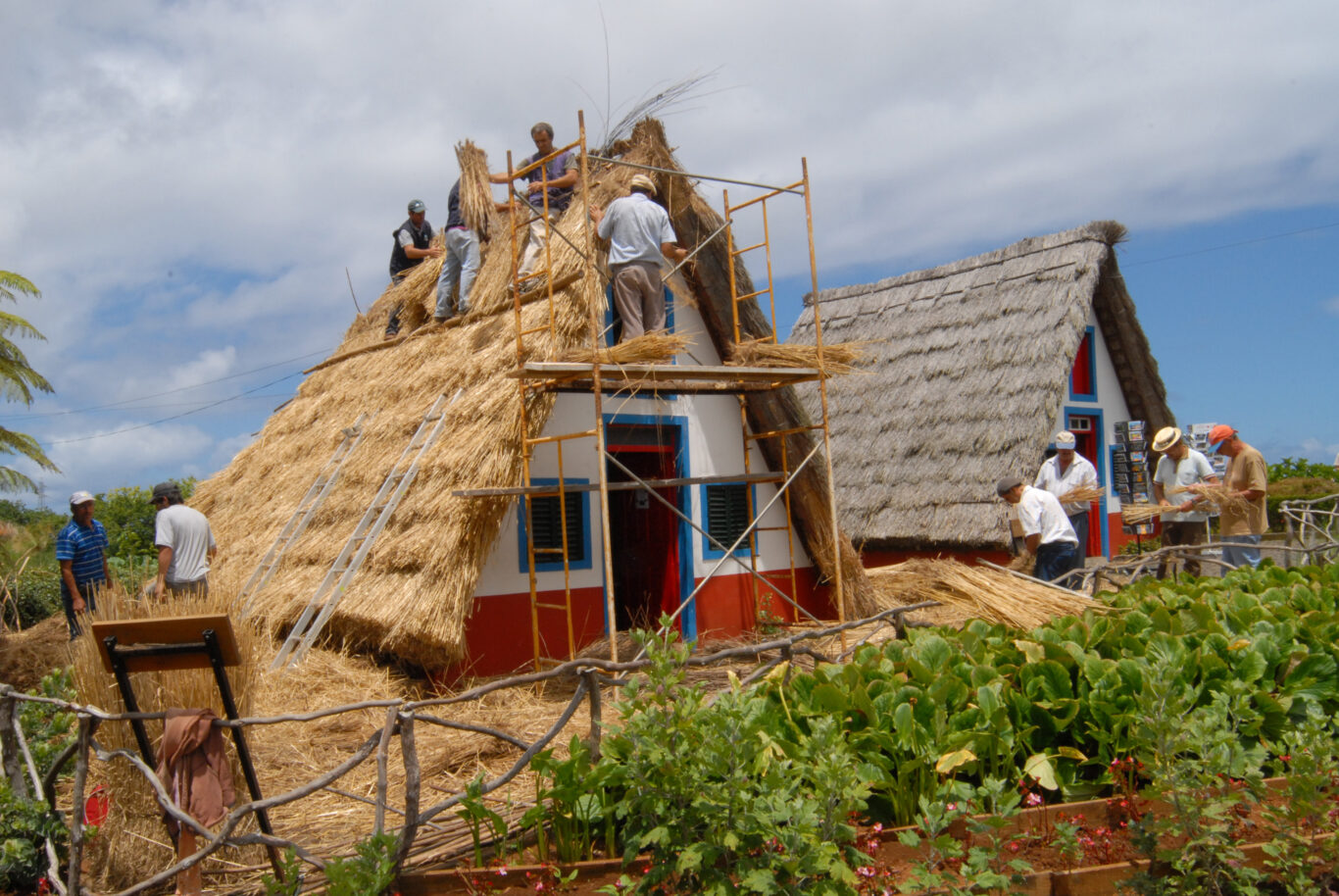
Fostering collaborative dynamics between national Biosphere Reserves and international networks
The distinction in quality that these territories are noted for makes them a fundamental socio-economic and environmental asset when designing a sustainable future, including the incorporation of nature-based solutions for mitigating and adapting to risks (e.g. climate change).
This project aims to promote the relevance and visibility that the status of Biosphere Reserves justifies among local, regional or national organisations, and society itself, as privileged instruments for enhancing and developing territories. It also involves fostering collaborative networking dynamics between national Biosphere Reserves and international networks, particularly IberoMAB, EuroMAB and AfriMAB.
Characterising the territories
and assessing their impact on the sustainability of the planet
The data panel gives us a unique look at the territories of the Biosphere Reserves and is a visualisation where sustainability, history, heritage, knowledge and discovery meet, providing an enriching interpretation of Portugal’s Biosphere Reserves.
